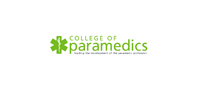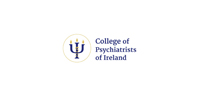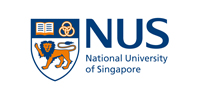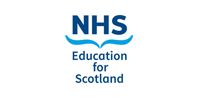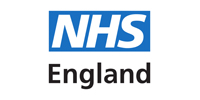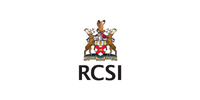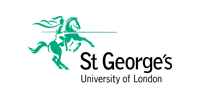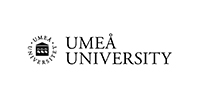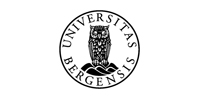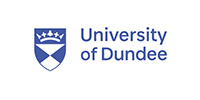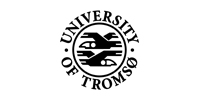These are summarised below:
Common cold
inspection: runny nose
percussion: no abnormalities
auscultation: usually no abnormalities; sometimes rhonchi / can be cleared by coughing
vocal fremitus: no abnormalities
bronchophony: no abnormalities
Pneumonia
inspection: mild to severe dyspnoea
percussion: dull or near normal
auscultation: bronchial breath sounds; rhonchi; crackles
vocal fremitus: amplified locally
bronchophony: amplified locally
Pneumothorax
inspection: reduced mobility of affected side
percussion: hyperresonance
auscultation: reduced to absent breath sounds
vocal fremitus: locally reduced or absent
bronchophony: locally reduced or absent
Pleural fluid
inspection: reduced mobility of affected side
percussion: dull
auscultation: reduced to absent breath sounds; sometimes pleural rub
vocal fremitus: locally reduced or absent
bronchophony: locally reduced or absent
Asthma attack
inspection: mild to very severe dyspnoea, use of accesory breathing muscles
percussion: sometimes no abnormalitiys; sometimes some hyperresonance
auscultation: prolonged expiration; wheezing
vocal fremitus: aspecific
bronchophony: aspecific
Emphysema
inspection: barrel-shaped thorax
percussion: hyperresonance; low lung borders; reduced mobility
auscultation: quiet breath sounds; occasionally prolonged expiration, occasionally wheezing
vocal fremitus: aspecific
bronchophony: aspecific
Pulmonary embolism
inspection: mild to severe dyspnea
percussion: often no abnormality; occasionally dull
auscultation: often no abnormalities; occasionally crackles; wheezing
vocal fremitus: aspecific
bronchophony: aspecific
Pulmonary oedema
inspection: mild to severe dyspnoea
percussion: muffled basal lung fields
auscultation: late inspiratory fine crackles in basal lung fields bilaterally
vocal fremitus: aspecific
bronchophony: aspecific



